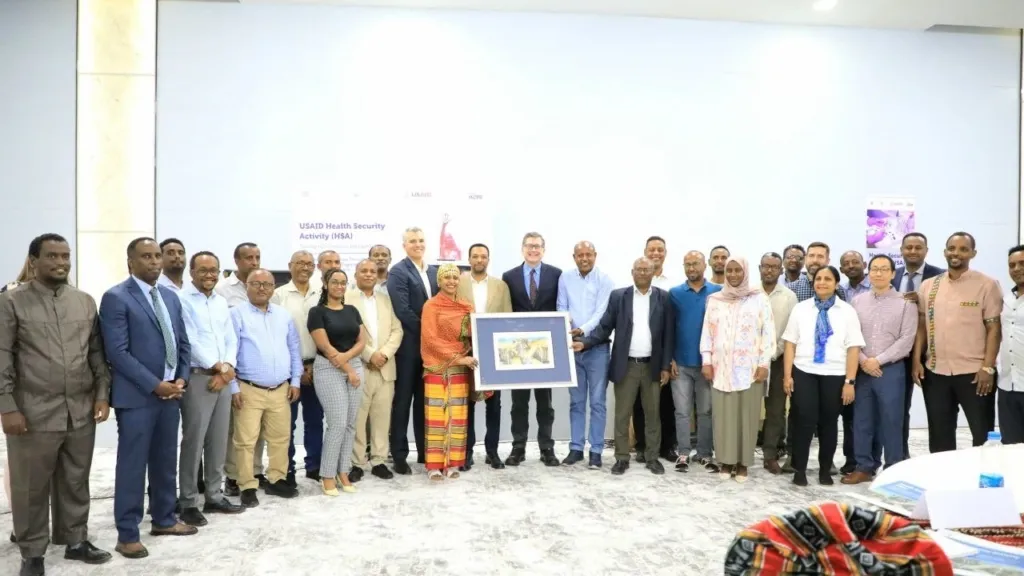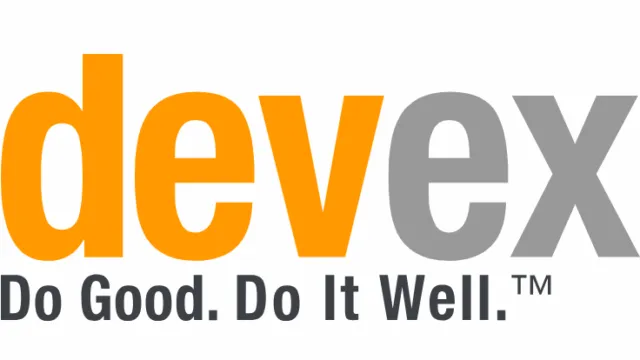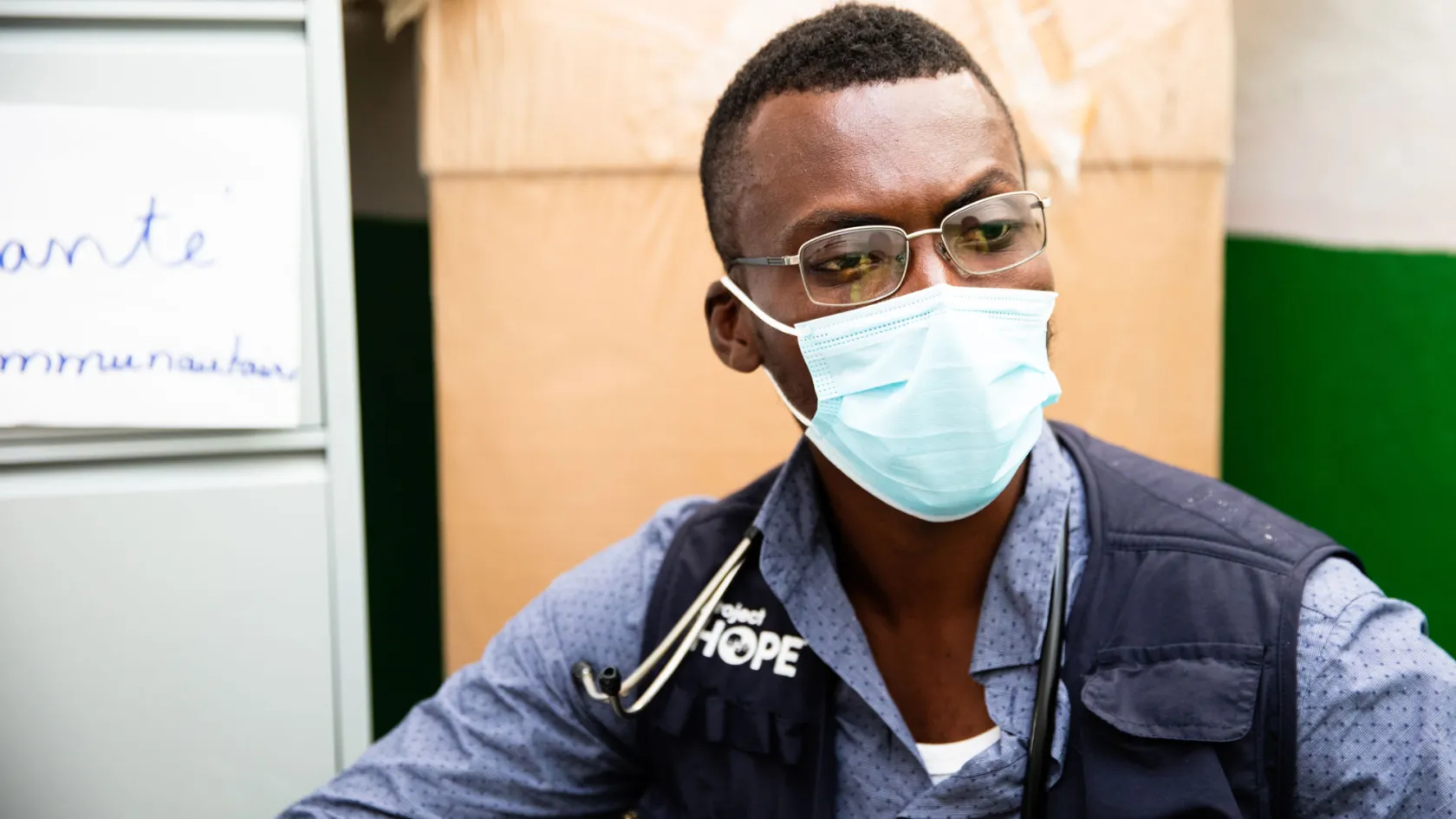The Future for PEPFAR and U.S. Leadership in Global Health
The reauthorization of PEPFAR is essential to ensure we meet the global goal of ending the AIDS epidemic by 2030.
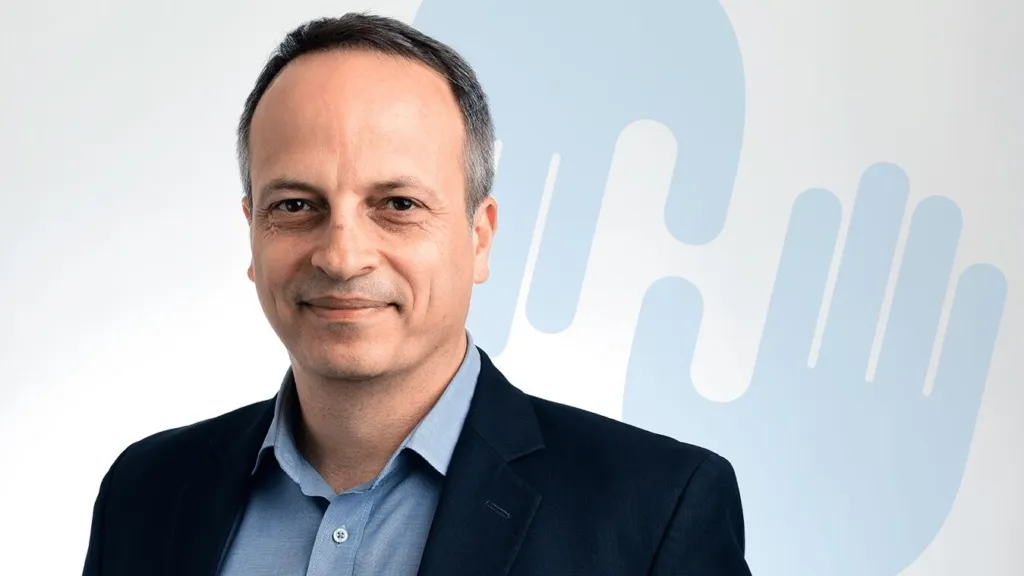
This post is adapted from an article that appeared in the December 2022 issue of Health Affairs.
Few global health initiatives in our lifetimes have had as profound an impact as PEPFAR, the President’s Emergency Plan for AIDS Relief. Thanks to PEPFAR, according to U.S. government statistics, at least 20 countries either have reached the United Nations’ 2020 targets for HIV status knowledge, treatment, and control of HIV or have achieved epidemic control of the virus. More than 5 million babies have been born HIV-free as a result of PEPFAR, and nearly 19 million people are receiving lifesaving antiretroviral treatment.
PEPFAR has changed the narrative on AIDS worldwide, mainly in sub-Saharan Africa, in less than 20 years. By 2020, because of PEPFAR, the number of new HIV infections per year had decreased by half and AIDS-related deaths had been reduced by 64% since 2003. It is inspiring to think about what can be accomplished during the next 20 years. With new emerging diseases and other global threats such as climate change, the PEPFAR leadership needs to strategically rethink and redefine its mission as a key global health initiative — and the moment to do so is now.
The U.S. Congress is now tasked to vote to reauthorize PEPFAR — which has maintained strong bipartisan support across U.S. presidencies and Congresses for 20 years — for the fourth time. The reauthorization of PEPFAR is absolutely essential to ensure that we continue to save lives and meet the global goal of ending the AIDS epidemic by 2030.
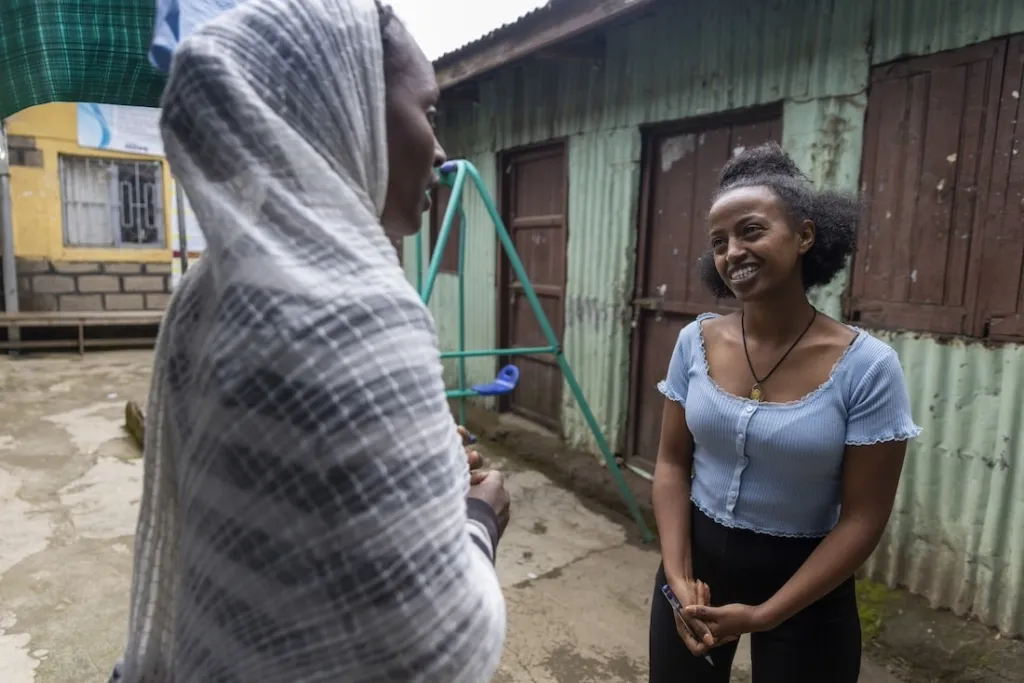
The U.S. has long been the global leader of the fight against HIV, and that leadership is based on much more than the generosity of the American taxpayer. It is based also on bold actions to address this global scourge. Wavering on reauthorization of PEPFAR can only weaken U.S. leadership.
We can also further leverage the PEPFAR investments judiciously to address other threats to global health, including the growing threat of emerging diseases. Ambassador John Nkengasong, U.S. Global AIDS Coordinator, put it well last year when he said that we “don’t need to build new systems” to fight future pandemics; we can expand the systems we already have. PEPFAR is a strong example of that possibility, having been leveraged to respond to COVID-19, H1N1 influenza, and Ebola.
At the same time, we must also think about the evolving health needs of those who have already benefited from PEPFAR’s programs, many of whom began treatment nearly 20 years ago and who now have aged into their forties, fifties, and older. Not only is HIV treatment important for them, but they also require support for noncommunicable diseases such as hypertension, diabetes, and cancer. PEPFAR needs to design a beneficiary-centric approach that includes the more holistic health care that people living with HIV now require.
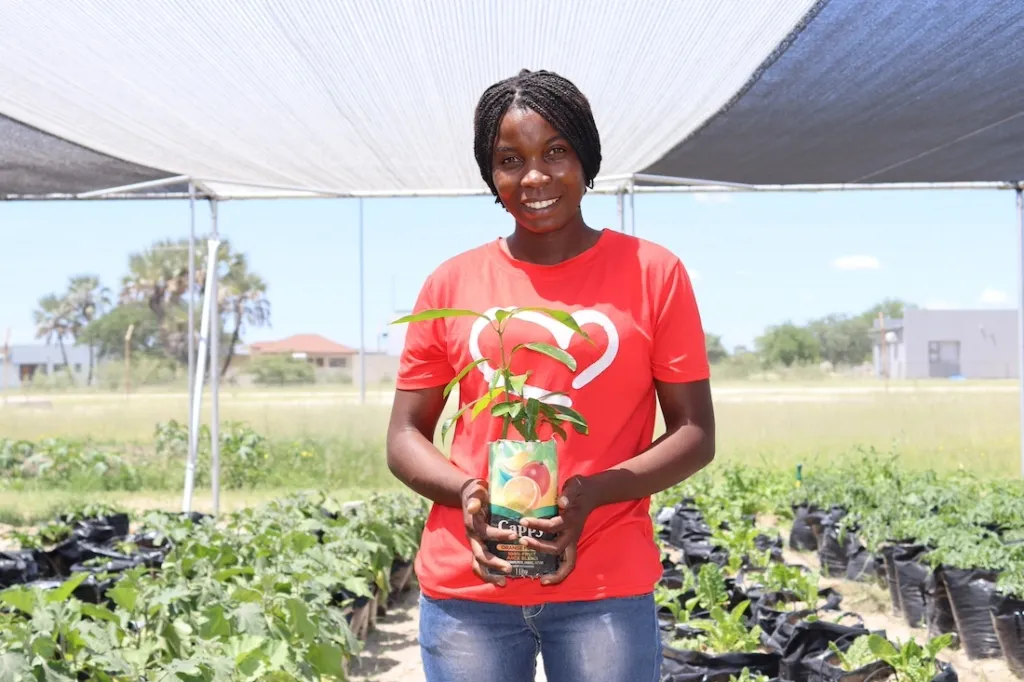
PEPFAR’s updated strategic direction, revealed by Ambassador Nkengasong in September 2022, includes five strategic pillars that will go a long way toward building health security for all, with greater focuses on equity, sustainability, public health security, partnerships, and science. That strategy also includes a continued emphasis on HIV prevention in young girls and women, which we have seen work as a sustainable solution in Project HOPE’s own HIV programs in Africa, including the U.S. Agency for International Development–funded DREAMS program in Namibia. Increasing prevention reduces the cost of treatment down the line and starts a cycle of generations of people who can build a future without the burden of HIV.
PEPFAR’s impact has been profound in its target countries. The goal of ending HIV/AIDS as a global health threat is in sight, despite a pandemic that stunned health systems worldwide and threatened to undo years of hard work. U.S. leadership is central to every success against HIV. Reauthorization is key to our continued leadership. Doing so will enable leveraging of PEPFAR platforms to counter other global threats. Strengthening a holistic and beneficiary-centric PEPFAR 4.0 should be a priority to help ensure that we build sustainable global systems that are able to withstand future public health shocks.
Rabih Torbay is President and CEO of Project HOPE.

